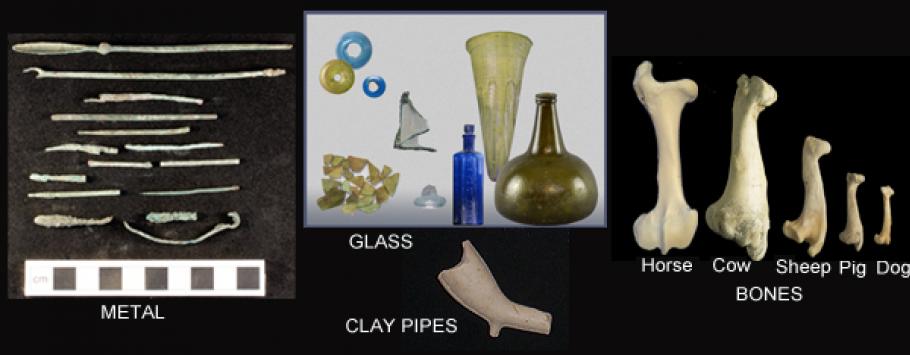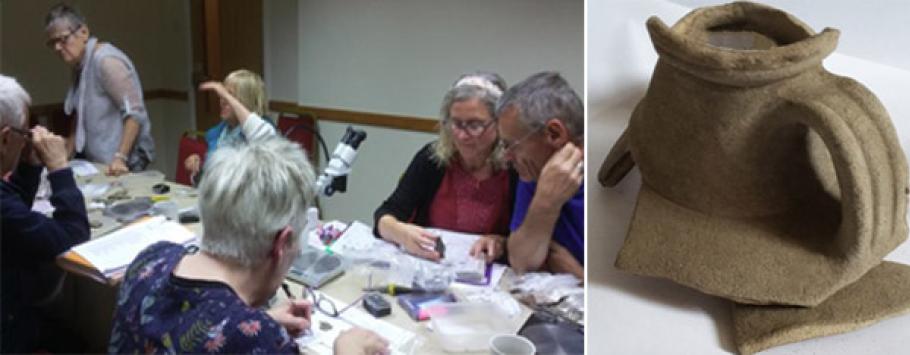Zoom talk by Clare Randall, Cotswold Archaeology, on a multi-period site at Tongham, Surrey
Cotswold Archaeology carried out excavations on the north side of Grange Road, Tongham between September and November 2020. This revealed a settlement enclosure and possible buildings dating to the Late Bronze Age/Early Iron Age transition, associated with an extensive series of rectilinear field boundaries.




